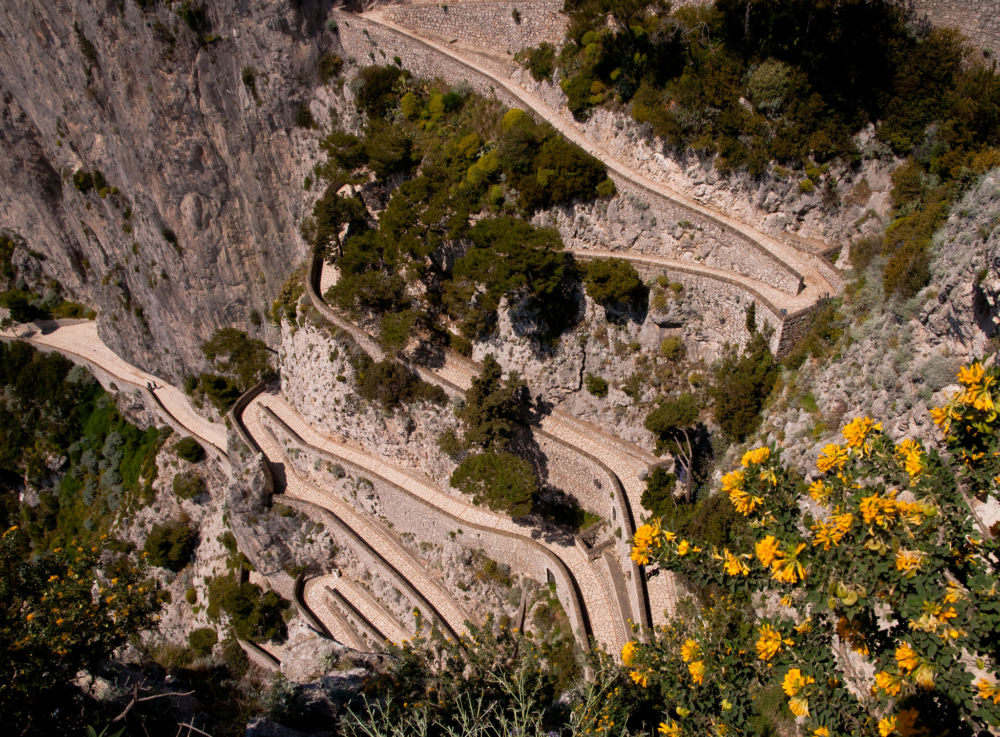Amy O’Leary’s career so far has taken her on a tour of some major places: “This American Life,” The New York Times and now Upworthy, where she works as editorial director.
O’Leary’s at Poynter this week as a guest faculty member for the Poynter-ONA Leadership Academy for Women in Digital Media. We caught up with her to talk about the trajectory of her career, what she’s learned about working with people from different generations and what she’s excited about next.
The trajectory of your career so far has been wide and varied. When you first started, did you think you were going to stay where you were? Did you see yourself going from radio to print to digital?
I think you’re right, if you look at all the places I’ve worked, it might seem chaotic. But I actually think there’s a single story that really explains everything I’ve done. I am really focused on a single question, which is what my whole career has been about answering.
That question is: How do you get and keep people’s attention on difficult subject matters and important stories? I was at “This American Life” because I wanted to learn, they’re really good at structuring stories to keep your attention. Radio is a wonderful medium for that because you really can rearrange the pieces of someone’s spoken story for the most possible impact. So I wanted to learn those skills there.
At The New York Times, on the multimedia desk, I was often working in partnership with some of the paper’s top reporters on some of their most important investigative or marquee work, and I was really interested in the question of how we could bring new people who might be turned off by reading something at length or might want a different way into the story. So I was looking into new formats.
After a while at the Times, I also saw this other challenge, which is a lot of people who might be interested in a given story aren’t necessarily finding it to begin with. So that got me interested in the problem of how does editorial and audience development work together.
From there, Upworthy was a really natural step. They’re masters of audience development. They know how to bring millions of people to difficult topics and they were counting on me to come in and bring my storytelling expertise to really take Upworthy’s storytelling to the next level.
What have you learned by going from a “content producer” to managing people?
If you are working either in radio or multimedia, you’re often working with someone else who has a story that they’ve maybe reported…and you’re helping bring their story into existence.
So you really have to put your ego on the back burner. You have to listen to what their needs are. You have to support them in taking their work to the next level. I find that all that was a really good training ground for management. Because if you are working with a writer, the work isn’t about telling people what to do. It’s about elevating that writer so that they’re doing their best work. It’s very similar to producing, where you’re really there to create an environment where people can tell great stories.
One of the things that’s been interesting to watch in the wake of the publication of The New York Times Innovation Report was the internal tension, especially from traditionalists. What have you learned about working with people who have been around a little bit longer and are maybe more resistant to change?
First of all, the people who’ve been around a little bit longer have an incredible amount to teach us. If I’ve been working roughly a dozen, 15 years in media, so the people who’ve been working 30 years, they have a ton they can teach me. That’s the place you have to start.
I might have a couple of things to teach them, too. I think those partnerships are only as successful as your willingness to both teach and be taught. I think one of the biggest challenges with people who came of age in an earlier era is that they might be slower to see some of the threats that have hit the industry, so they might have a little less urgency in looking for new approaches or solutions.
That said, once they see those threats and challenges, they often have just as many creative ideas for approaching it. But like anything, if you’re deeply embedded in your work, heads down for a long time, it can be hard to pop up and look around.
What are you excited about next?
One of the things that we do at Upworthy is we look at the data from our past stories and we use it to engineer better new stories. We joke about it a little bit like the Netflix model. They got all this data and they realized people like dark, D.C.-based Kevin Spacey dramas, and so they made “House of Cards.”
A lot of the interesting work that we’re doing in video right now is really taking insights from what we learned in our earlier era, and the work we’re doing now with text and articles we’re applying to create our own video stories that are highly effective. It’s pretty amazing to see how just making some simple, smart changes to a story can really increase its reach and its impact. And I love learning at that level. I love learning about narrative structure and data, and Upworthy’s a super great lab for that.







